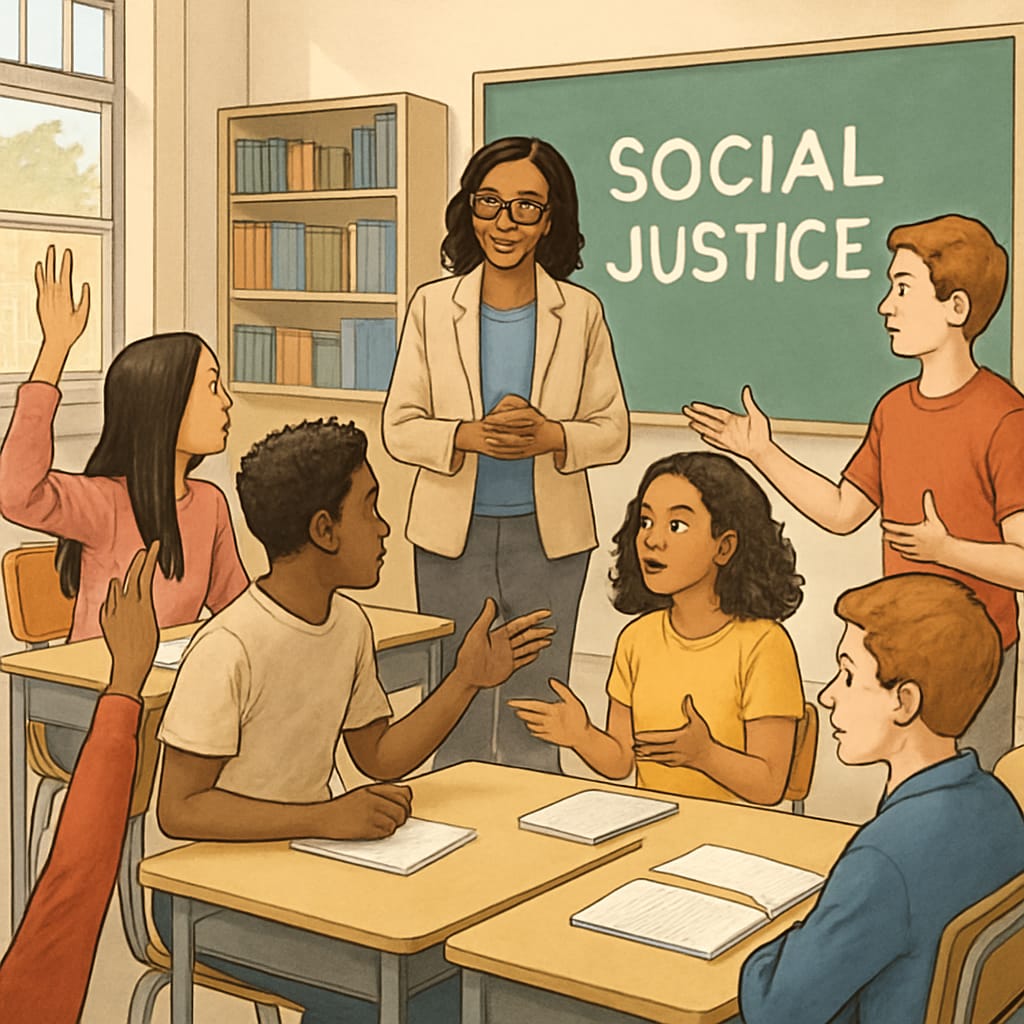The concept of “wokeness,” which refers to a heightened awareness of social justice and inclusivity, is becoming increasingly prominent in schools. This trend has sparked discussions about its role in shaping K12 students’ cognitive and social development. In this article, we explore how students perceive “wokeness” in their schools, analyze their reactions to political correctness, and examine how schools can balance fostering diversity with maintaining the core purpose of education.
Understanding Wokeness in the K12 Setting
Wokeness, a term often associated with social justice movements, has now permeated educational settings. Schools are increasingly integrating topics like diversity, equity, and inclusion into their curriculum, teaching methods, and policies. While these efforts aim to create inclusive environments, they also raise questions about how students interpret and respond to these initiatives.
For instance, younger students may absorb these values as part of their natural learning environment. However, older students, particularly in middle and high school, may begin to question these practices. Some perceive wokeness as essential for combating inequality, while others view it as a form of ideological imposition. This divergence in perception can significantly influence classroom dynamics and student attitudes toward learning.

The Impact of Political Correctness on Student Cognition
Political correctness, often seen as a byproduct of wokeness, plays a significant role in shaping the cognitive development of students. On the one hand, it encourages empathy, respect, and consideration for others’ perspectives. On the other hand, it may inadvertently stifle open debate and critical thinking if students fear expressing dissenting opinions.
Research suggests that when schools prioritize political correctness, students may develop a stronger sense of social responsibility. However, this approach can also lead to “cancel culture,” where individuals are ostracized for holding alternative views. Such an environment might discourage students from engaging in honest, thought-provoking discussions—a critical component of cognitive growth.
Ultimately, the challenge lies in teaching students to navigate complex social issues while encouraging intellectual freedom. Schools must create spaces where diverse viewpoints are respected and debated constructively.

Balancing Diversity and the Core Mission of Education
One of the biggest challenges for schools is finding a balance between promoting inclusivity and maintaining the integrity of education. The core mission of schools is to cultivate critical thinking, problem-solving skills, and a love for learning. When wokeness becomes overly prescriptive, it risks overshadowing these goals.
To address this, educators and administrators can implement the following strategies:
- Encourage Open Dialogue: Provide platforms for students to express their opinions freely without fear of judgment.
- Focus on Critical Thinking: Teach students to analyze social issues critically rather than adopting popular narratives uncritically.
- Be Culturally Sensitive: Ensure that diversity and inclusion efforts are authentic and not performative.
- Promote Empathy: Use stories, histories, and case studies to help students understand different perspectives.
By taking these steps, schools can ensure that their approach to wokeness enriches the educational experience rather than detracting from it.
Conclusion: A Path Forward
The integration of wokeness in schools is a double-edged sword. While it offers opportunities to build more inclusive and empathetic communities, it also presents challenges that must be carefully managed. By understanding how students perceive these efforts and fostering an environment where critical thinking and diversity coexist, schools can prepare students not only for academic success but also for the complexities of a diverse world.
As educators and policymakers continue to navigate this evolving landscape, the ultimate goal should be to empower students to think independently while respecting shared values of equity and inclusion. This balance is essential for nurturing thoughtful, responsible citizens of the future.
Readability guidance: Short paragraphs and clear headings organize the content for optimal readability. Lists are used to summarize key points. Overuse of passive voice and long sentences is avoided to maintain clarity.


